Brown spotting on A. victoria regina
paul_
10 years ago
Related Stories
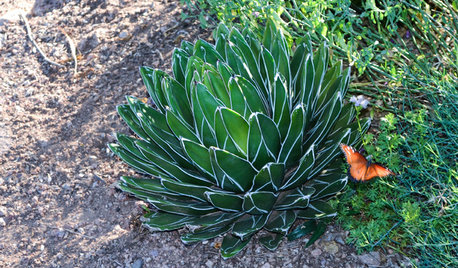
GARDENING GUIDESGreat Design Plant: Small but Mighty Agave Victoria-Reginae
Queen Victoria agave powers through tough desert conditions with its unusual beauty intact
Full Story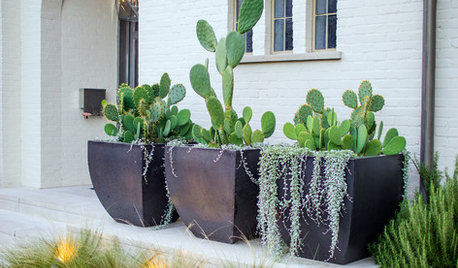
CONTAINER GARDENSCactus and Succulent Containers Are Ideal for Hot, Sunny Spots
Bring on the sun with these heat-loving succulent container gardens
Full Story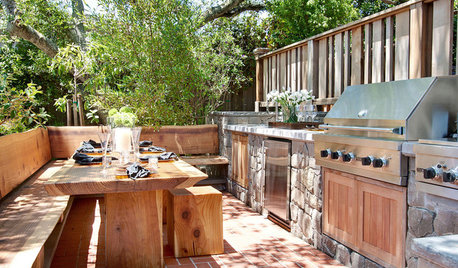
KITCHEN DESIGN10 Outdoor Kitchens to Flip Over
Whether you're flipping burgers on Memorial Day or kicking back while someone else cooks, these kitchens hit the spot
Full Story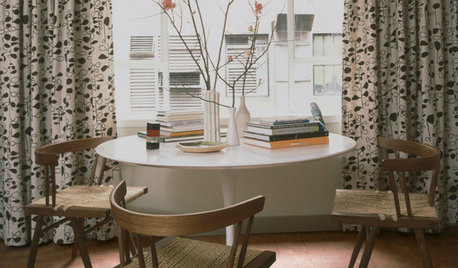
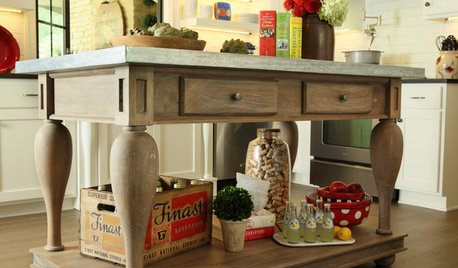
KITCHEN DESIGNKitchen Confidential: 11 Islands With Furniture Style
Break the mold with these nontraditional kitchen islands
Full Story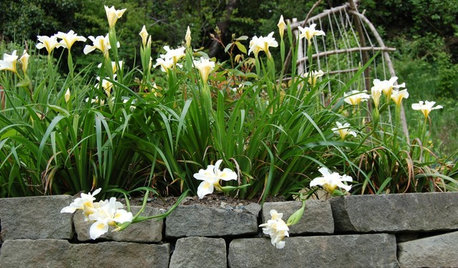
GARDENING GUIDESTop 10 Native Plants for the Pacific Northwest
More than just gorgeous and adaptable, these standout plants convey a sense of place
Full Story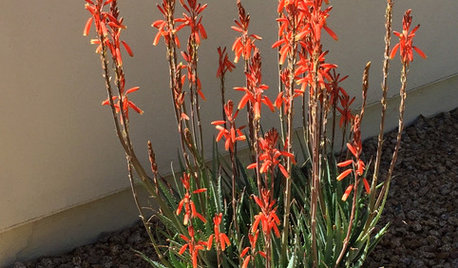
GARDENING GUIDESGreat Design Plant: Aloe ‘Blue Elf’
This compact, sun-loving aloe hybrid thrives where many aloes don’t
Full Story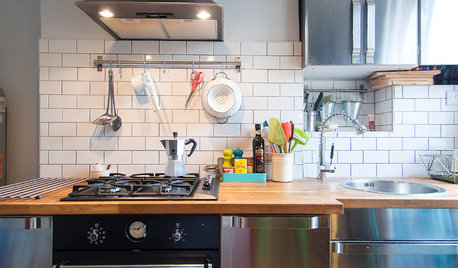
DECORATING GUIDESMy Houzz: A Stylishly Industrial London Flat
Rachel Christie has used her design eye and insider knowledge to create an open and inviting home with a cool edge
Full Story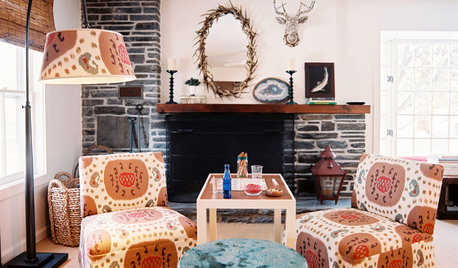
HOUZZ TOURSHouzz Tour: Country Glamour in Woodstock, New York
Design team Tilton Fenwick creates a chic, free-spirited weekend home
Full Story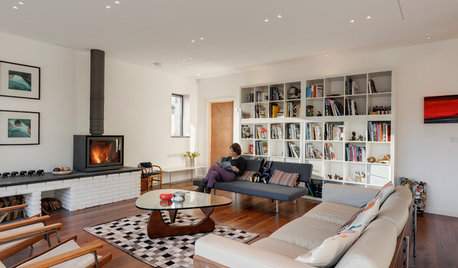
HOMES AROUND THE WORLDHouzz Tour: Warmly Modern Home in a Pretty English Town
Take a tour of this carefully considered new-build house hidden away in a scenic corner of Dartmoor National Park
Full StoryMore Discussions






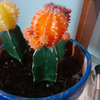
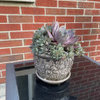
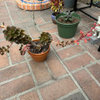
hoovb zone 9 sunset 23
wantonamara Z8 CenTex
paul_Original Author